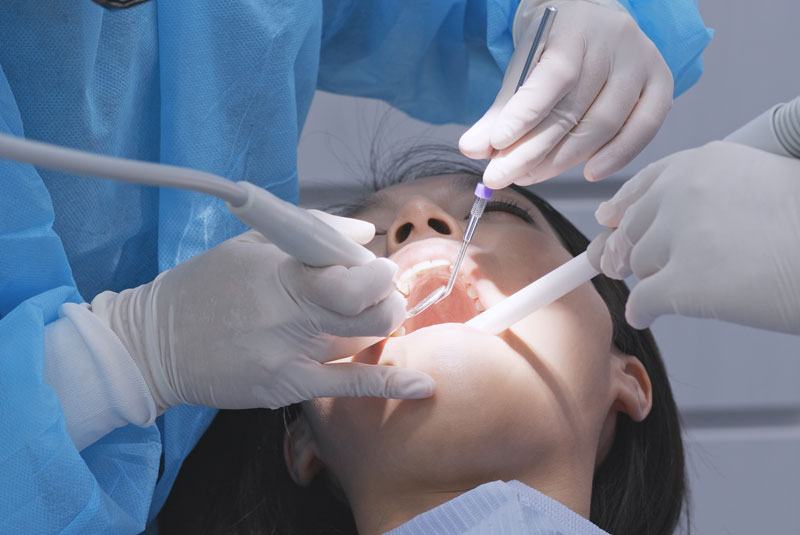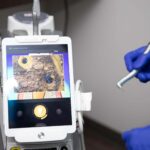If you are invested in keeping your smile healthy, it’s important to understand the possibility of gum recession. Though a common dental problem, gum recession can have dangerous consequences affecting the health and stability of your teeth. More than making teeth appear “long”, uneven, and yellow, gum recession is also a leading symptom of gum disease.
How does gum recession develop? And what can be done about it? Dr. Lauren Anderson, a board-certified periodontist in Bloomfield Hills, MI, discusses the main questions her patients ask about receding gums and the minimally invasive treatment options she offers at Anderson Periodontal Wellness.
What Is Gum Recession?
If you currently have receding gums, you may have already noticed the esthetic and functional effects. Gum recession is when the gums around your teeth wear away, exposing the roots. This often causes sensitivity to hot and cold temperatures as well as esthetic issues (long teeth that appear yellow at the roots, an uneven gum line, or a small notch of gum tissue at the base of a tooth). Receding gums also create pockets between the gums and teeth where bacteria can easily accumulate.
What Causes Receding Gums?
Gum recession can result from aggressive tooth brushing, periodontal disease, smoking or tobacco use, misaligned teeth, oral trauma, aging, and genetics. It’s critical to know the etiology (cause) of gum recession to ensure accurate and lasting treatment. As a periodontist, Dr. Anderson is considered a “gum expert”, having achieved years of additional training and experience in soft tissue treatments. One of her specialties is diagnosing and treating gum recession with minimally invasive techniques.
Why Do I Need To Treat Gum Recession?
Receding gums cause more than cosmetic concerns. They can make it difficult to eat the foods you love due to heightened sensitivity. The gaps between your teeth can develop bacterial infection (gum disease). More severe cases of gum recession can result in loose teeth and even tooth loss. Thin, receding gums cannot grow back and may continue to progress without treatment. When you first notice gum recession, schedule a consultation with Dr. Anderson!
Minimally Invasive Soft Tissue Grafting
Dr. Anderson first determines the cause of your gum recession, then creates a personalized treatment plan based on your oral condition. This may involve periodontal therapy or soft tissue grafting (sometimes both). Using specialized digital technology, she’ll plan your case. This involves taking a CBCT scan to evaluate the bony contours beneath your gums and digital scanning to plan the surgery. This technology also allows her to evaluate treatment results and track healing over time.
Detailed planning and preparation also ensure a direct and purposeful surgical approach and an efficient, minimally invasive procedure. During your surgery while you’re under IV sedation, Dr. Anderson will remove a portion of tissue from the roof of your mouth (or grafts from a tissue bank) and use it to cover teeth and exposed roots. Once healed, your tissues will be healthier, stronger, and thicker and more resistant to gum recession in the future.
Interested In Learning More?
Dr. Anderson welcomes patients with gum recession in our office in Bloomfield Hills, MI to learn more about her minimally invasive soft tissue grafting techniques and the benefits of surgery. As an expert, she provides precise and predictable treatment that promotes the long-term function and esthetics of your smile. If you have been referred or want a second opinion, schedule your consultation with Anderson Periodontal Wellness online or call (248) 480-4910 today.





